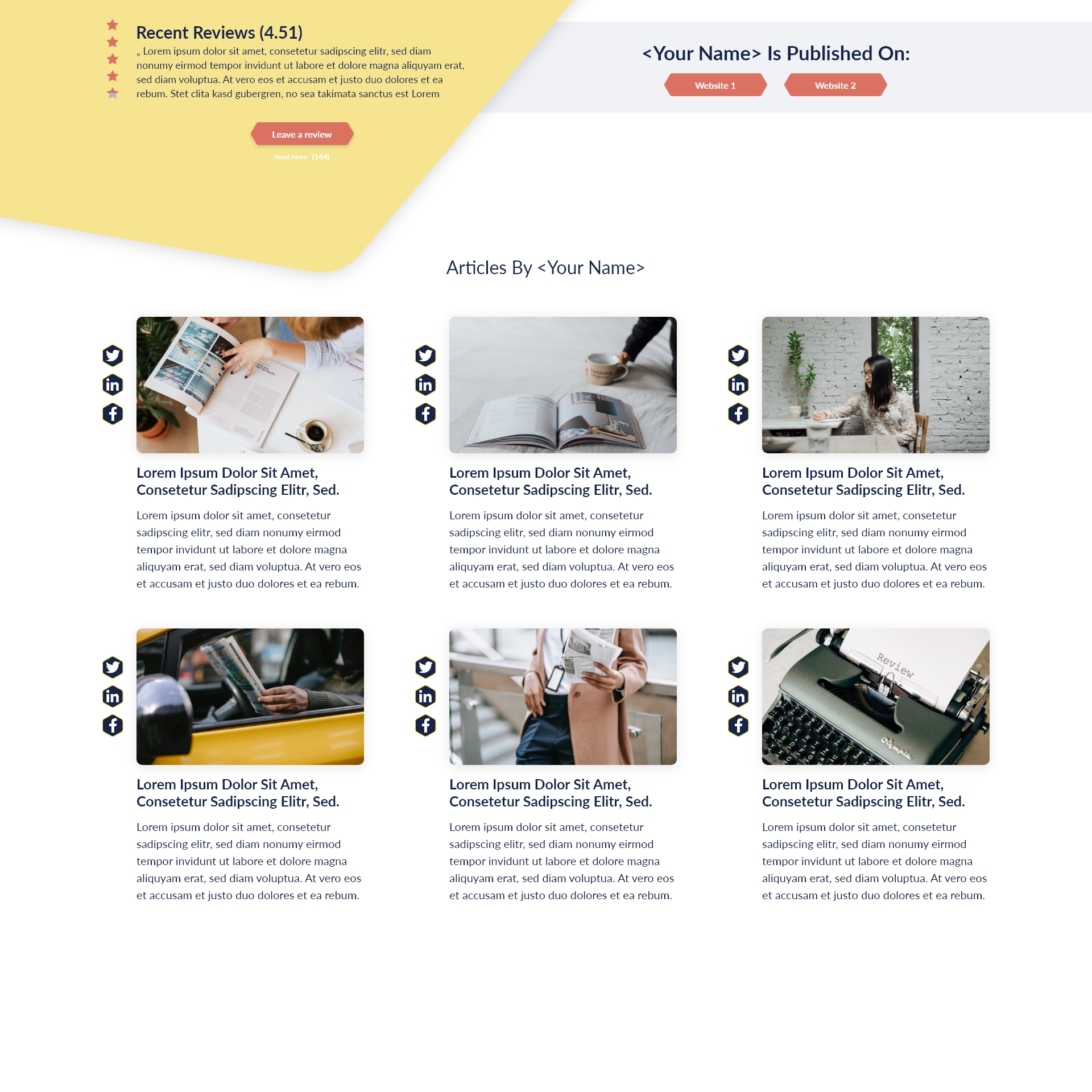Key Takeaways:
- Role modeling plays a pivotal role in shaping effective leaders and workplace culture.
- Identifying leadership potential requires an understanding of both essential traits and emotional intelligence.
- Authentic leadership and ethical standards foster trust and credibility across teams.
- Role modeling and mentoring offer distinct developmental benefits within organizations.
- Promoting diversity and empowering female leaders enhances leadership pipelines and organizational outcomes.
Why Role Modeling Matters in Shaping Leadership
In the evolving landscape of corporate leadership, nurturing future leaders is critical to sustaining organizational growth and success. Succession planning has become a strategic imperative, yet its effectiveness hinges largely on the role models set within the organization. Combining effective succession planning with emotional intelligence not only uncovers leadership talent but empowers aspiring leaders to internalize the behaviors and standards set by their predecessors. By modeling exemplary leadership, established executives play an instrumental role in shaping the next generation—cultivating competence, fostering motivation, and building a resilient organizational culture.
What Makes Someone a Leadership Role Model?
Understanding Leadership Role Model Examples Across Industries
A leadership role model embodies qualities and behaviors that inspire others to reach new heights. These individuals are present in every sector, from business to public service. Take, for example, an executive in a federal agency who demonstrates unwavering integrity and sound judgment, or a tech industry figure who promotes innovation while championing ethical standards. Across industries, such role models leave lasting imprints by consistently aligning words and actions, visibly upholding organizational values, and nurturing learning.
Influence of Role Models in Leadership: Key Findings from Research
Research indicates that exposure to strong leadership role models improves decision-making, broadens perspectives, and increases organizational commitment. Studies suggest that organizations with highly visible, authentic leaders experience higher employee engagement, reduced turnover, and more effective succession pipelines. The modeling effect amplifies when leaders demonstrate emotional intelligence—exhibiting empathy, self-regulation, and transparent communication.
Essential Traits of Effective Leadership and Role Modeling
Effective Leadership Traits Demonstrated by Great Role Models
Great leadership role models are often defined by a core set of attributes that foster trust and drive organizational outcomes. These include:
- Emotional intelligence and empathy
- Adaptability and decisiveness
- Consistency and reliability
- Openness to feedback
- Visionary thinking and foresight
Leaders who pair these skills with clear communication and inclusiveness inspire confidence and loyalty throughout their teams.
Authentic Leadership Behaviors: Setting the Standard for Others
Authenticity in leadership is more than transparency—it’s about demonstrating vulnerability and valuing ethical conduct over convenience. Leaders set standards by sharing personal growth experiences, owning their mistakes, and encouraging others to contribute their viewpoints. Modeling authenticity establishes a safe environment where innovation thrives, and team members are motivated to emulate constructive behaviors.
How to Develop Leadership Presence Through Role Modeling
Practical Steps for Developing Leadership Presence
Leadership presence is not innate; it can be strategically developed through deliberate practice. Steps include:
- Seeking and acting on constructive feedback from colleagues
- Observing respected leaders both inside and outside the organization
- Practicing self-awareness and emotional self-management
- Demonstrating accountability in both successes and setbacks
- Embracing opportunities for visibility, such as leading key projects
Practiced regularly, these steps foster a strong professional presence and greater influence within one’s sphere.
Role Modeling for Team Performance and Motivation
Team performance is closely tied to the examples set by its leaders. Leaders who hold themselves to high standards, remain approachable, and advocate for team cohesion create environments where motivation flourishes. By celebrating team achievements, recognizing individual contributions, and addressing challenges openly, role models nurture a culture of shared success.
Mentoring vs. Role Modeling: Understanding Their Distinct Impact
Comparing Mentoring vs. Role Modeling in Leadership Development
While both mentoring and role modeling are essential to leadership development, they serve different functions. Mentoring involves direct guidance, feedback, and relationship-building, often focusing on individual goals and career progression. In contrast, role modeling is grounded in observable behaviors, setting an implicit standard for leadership that others seek to emulate. Leaders who embody both roles provide holistic developmental support—guiding through advice and inspiring through example.
Transformational Leadership Style: When the Leader Becomes the Role Model
Transformational leaders elevate teams by aligning values, articulating a compelling vision, and championing change. These leaders become powerful role models by modeling aspirational behaviors, inspiring growth, and fostering psychological safety. Their influence extends beyond formal interactions and permeates organizational culture, driving both individual fulfillment and collective achievement.
The Impact of Ethical Leadership and Trust in Corporate Environments
Impact of Ethical Leadership on Workplace Culture
Ethical leadership is central to a healthy organizational climate. Leaders who make principled decisions—even at personal or operational cost—lay the groundwork for trust, cooperation, and long-term success. Their actions signal to employees that the organization prioritizes fairness, responsibility, and stakeholder interests, nurturing an engaged, purpose-driven workplace.
Building Leadership Credibility and Trust Through Role Modeling
Trust is a non-negotiable asset for any leader, and it is earned through steadfast credibility. Role models build trust by setting clear expectations, delivering on promises, and maintaining integrity under pressure. When employees witness their leaders adhering to shared values, their sense of loyalty and readiness to follow grows exponentially. This trust becomes a crucial foundation for succession planning—making it easier to identify and promote emerging leadership capability.
Role Models Who Break Barriers: Female Leadership and Diversity
Notable Female Leadership Role Models in Today’s Corporate Management
Organizations benefit enormously from elevating female leaders as role models. Women in executive roles who challenge conventions, advocate inclusive policies, and mentor emerging talent help counteract historical barriers. These leaders not only dispel stereotypes but also pave the way for diverse leadership pipelines, reinforcing the importance of varied perspectives in decision-making.
Servant Leadership Characteristics Demonstrated by Modern Leaders
Modern leaders employing a servant leadership style prioritize team welfare, empowerment, and long-term growth. This approach emphasizes listening, humility, and support, reflecting a deep-seated commitment to serving others before self. Role models who act as servant leaders build cohesive teams, lower stress, and improve morale—qualities indispensable for effective succession planning and talent management.
Formulating Leadership Development Strategies with Role Models
Leadership Development Strategies: Lessons from Role Modeling
Forging effective leadership strategies involves integrating role modeling into talent development initiatives. Organizations can:
- Pair potential leaders with executives who exemplify core values
- Create leadership shadowing and stretch assignment opportunities
- Foster feedback-rich cultures that emphasize accountability
- Recognize and reward exemplary leadership behaviors
This approach enables emerging leaders to internalize best practices while navigating complex organizational dynamics with guidance and support.
How Role Modeling Shapes Workplace Culture and Team Success
Role models shape not just individual leaders, but entire organizational cultures. Their behaviors become the template by which team dynamics, collaboration, and problem-solving evolve. By prioritizing role modeling in succession planning, organizations ensure that positive cultural practices and leadership standards endure across generations, securing a legacy of excellence.
Empower Leadership Growth
Organizations seeking to future-proof their leadership pipelines must make room for visible role modeling and emotional intelligence at every level. Invest in formal and informal development opportunities, encourage authentic behavior in your teams, and prioritize ethical leadership. By doing so, you create fertile ground for new leaders to emerge and thrive.








